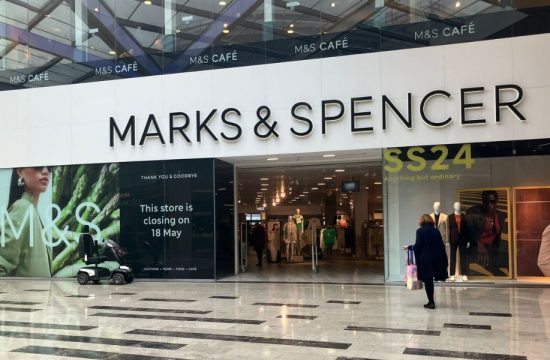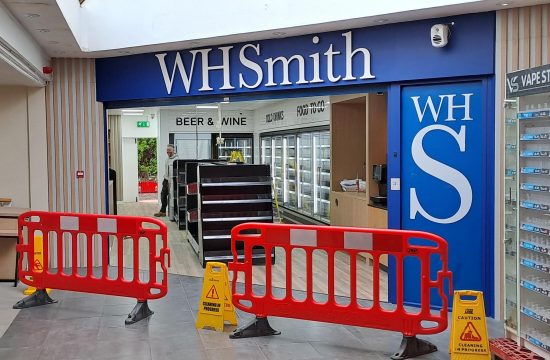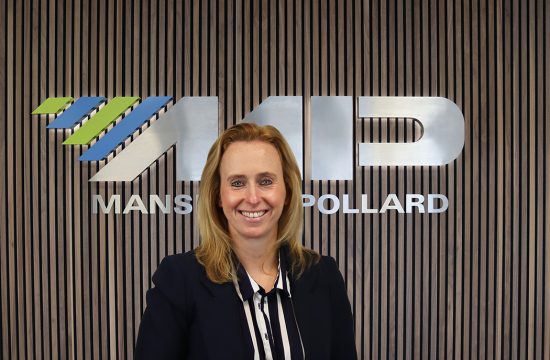How employers can benefit from the new measures to support businesses and the impact on pensions.
The feeling of trying to play catch-up following a major government announcement will be a familiar one for many business owners.
On 20 March, the Chancellor explained that the government would help to pay the wages of employees who had been ‘furloughed’ – sent home temporarily because their employer had to close as a result of the coronavirus pandemic. The measures, almost universally accepted as being necessary to protect businesses and jobs, answered a lot of questions for business owners, but created plenty of new ones too.
Under the Coronavirus Job Retention Scheme, the government agrees to cover up to 80% of a furloughed worker’s salary (up to £2,500 per month), with pay backdated to 1 March 2020. It was established from the outset that the furlough payments would take the form of grants that would begin to be paid ‘within weeks’. The scheme will initially run for three months, during which furloughed employees aren’t permitted to work.
A scramble to adjust
However, several important questions remained unanswered, particularly around how it would work in practice, and details around pension arrangements.
It isn’t a surprise that the government is still trying to establish how some of this will work, because that’s what happens when rules are made so quickly.
While the backdrop was very different, the scramble for clarity and information has echoes of the pension freedoms announcement in 2014, when relatively little detail was available to help businesses adjust. With just a year between announcement and implementation, many employers were forced to adjust their pension arrangements with little guidance or notice.
The same applies now, to some extent. The government has since clarified some points of the furlough scheme. For example, we now know that an online portal was set up by the end of April for employers to apply for grants; employers must have created and started a PAYE payroll scheme on or before 28 February 2020 and be enrolled for PAYE online to apply.
In addition to wages, employers can also claim for National Insurance contributions that are paid on the subsidised furlough pay, as well as pension contributions, up to the level of the minimum automatic enrolment employer contribution.
Even business owners themselves are covered under the furlough scheme, provided they pay themselves a PAYE salary. It’s worth noting, however, the rule that if you’re furloughed, you can’t work, and that the scheme does not apply to dividend payments.
Focus on the here and now
Business owners may still have questions. That may be the case for some time and business owners need to focus on what can be done now and identify what they can postpone until the dust begins to settle.
Some of the issues that might feel pressing now can in reality be postponed until the medium-term picture becomes clearer. For instance, some employers who would usually pay more than the minimum pension contributions may be wondering how they will make up for lost ground. While important, this isn’t currently a priority.
It’s about meeting the minimum criteria now and adhering to the rules as they can best be interpreted. Focus on the things you can control and don’t overly worry if you’re missing anything.
Professional advice can also help with immediate challenges, such as helping to interpret the rules and adapt to new information as it becomes available, but will really come into its own when we begin to emerge from the current situation and businesses and individuals are trying to get back on their feet.
It’s at times like this – and when we come out the other side – that good advice is worth its weight in gold.
For more information:
- Full details of the Coronavirus Job Retention Scheme – including which employees you can claim wages for, what you’ll need to make a claim, and what you can and can’t do while employees are furloughed – can be found on the government’s website.
- The Pensions Regulator is providing updated guidance for employers on automatic enrolment duties and maintaining pension contributions.
- The government also has a page where you can check if your business is eligible for a Small Business Grants Fund (SBGF) or Retail, Hospitality and Leisure Grant Fund (RHLGF).
Seeking clarity in a fast-moving situation? Not sure what’s best for your business in the current crisis? Whatever you need, Hillcrest are here to help. Contact us on rob.maddison-joss@sjpp.co.uk or www.hillcrestwm.co.uk
Rob Maddison- Joss is an experienced wealth management consultant who has worked with some of the most respected names in investment and finance, having had a long and successful history within the investment industry.
Hillcrest Wealth Management is an Appointed Representative of and represents only St. James’s Place Wealth Management plc (which is authorised and regulated by the Financial Conduct Authority) for the purpose of advising solely on the Group’s wealth management products and services, more details of which are set out on the Group’s website www.sjp.co.uk/products.



























